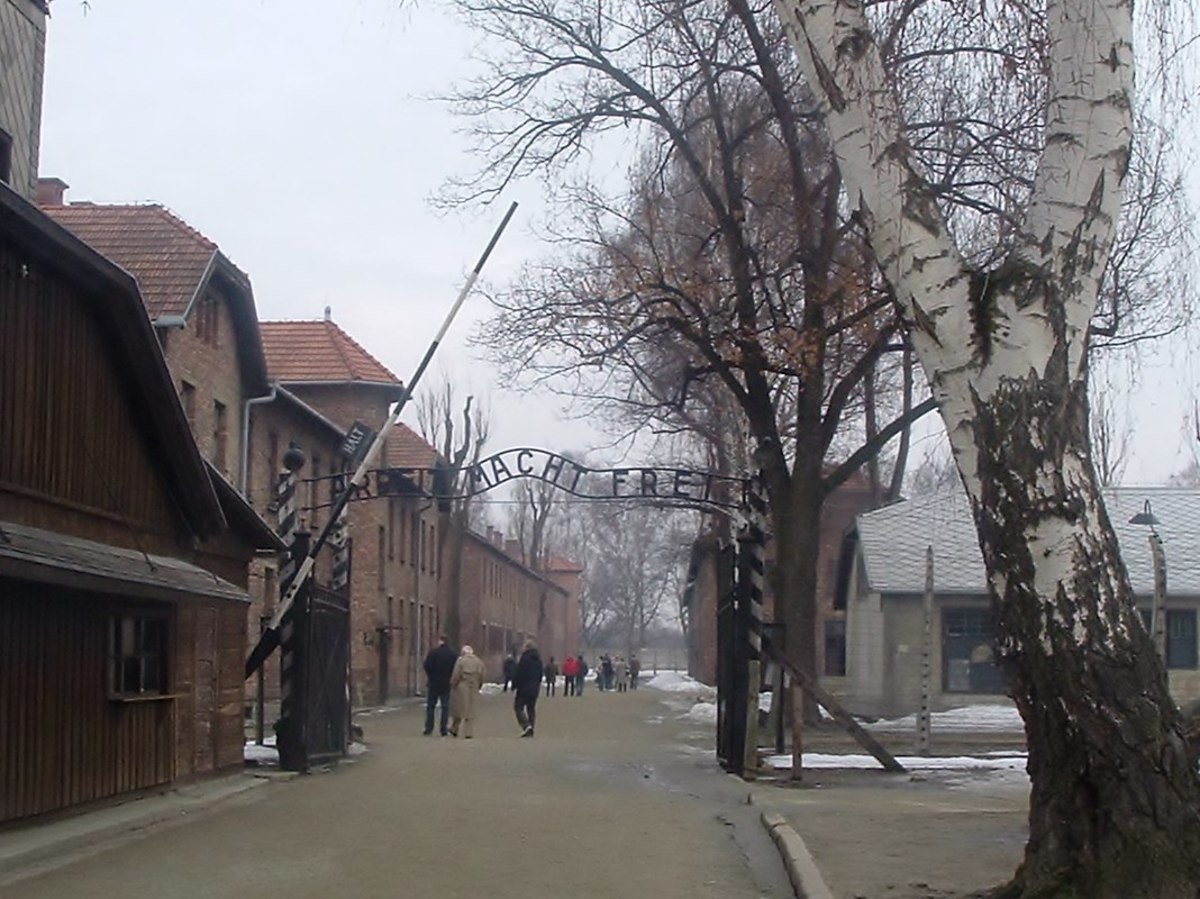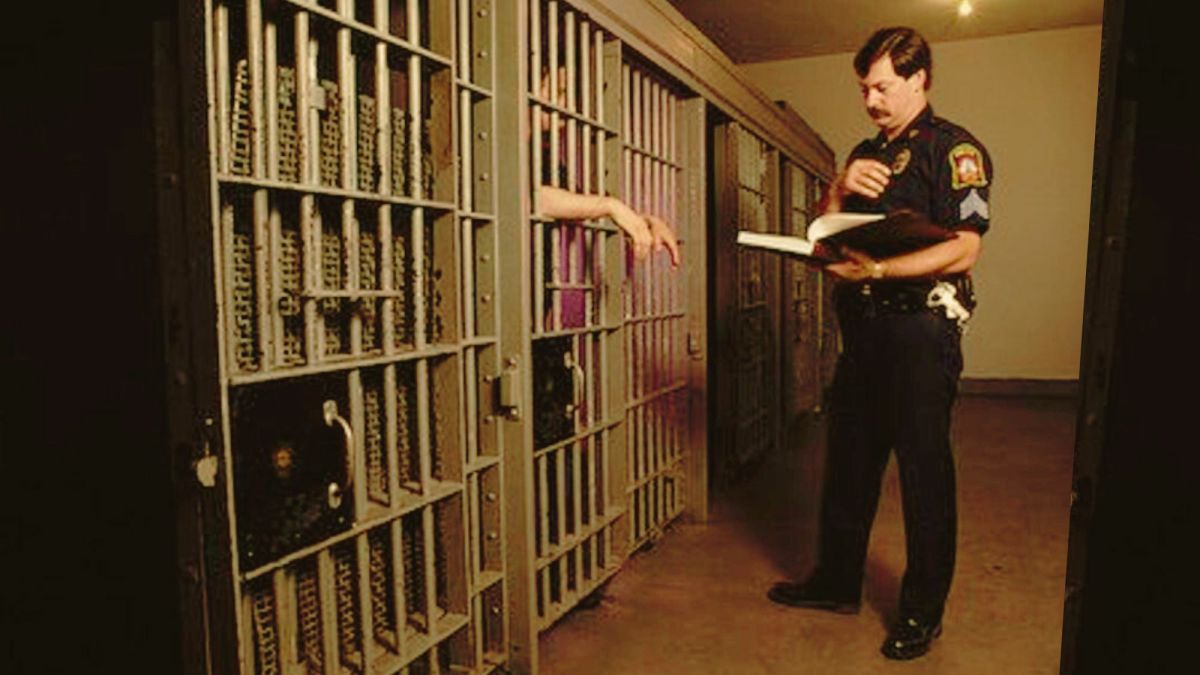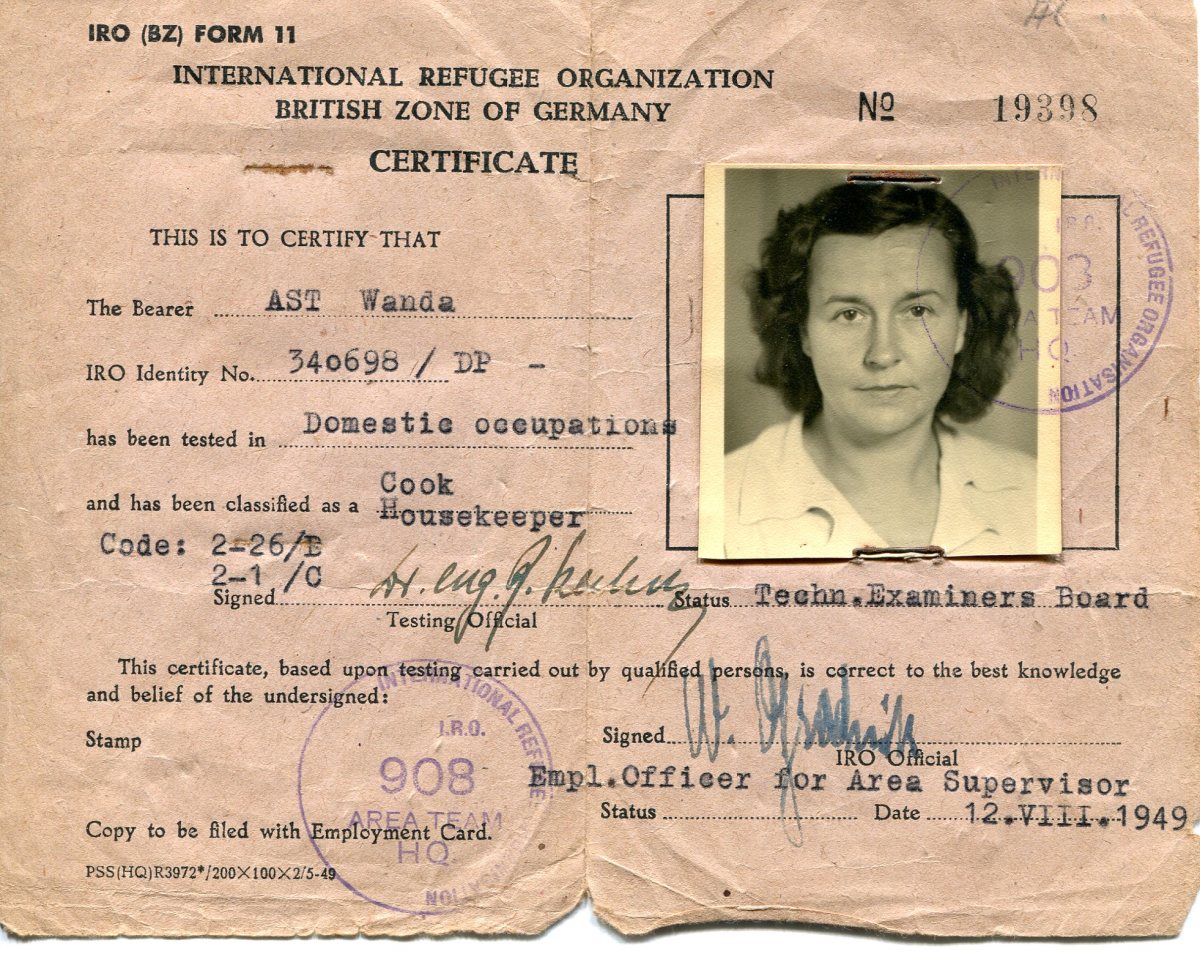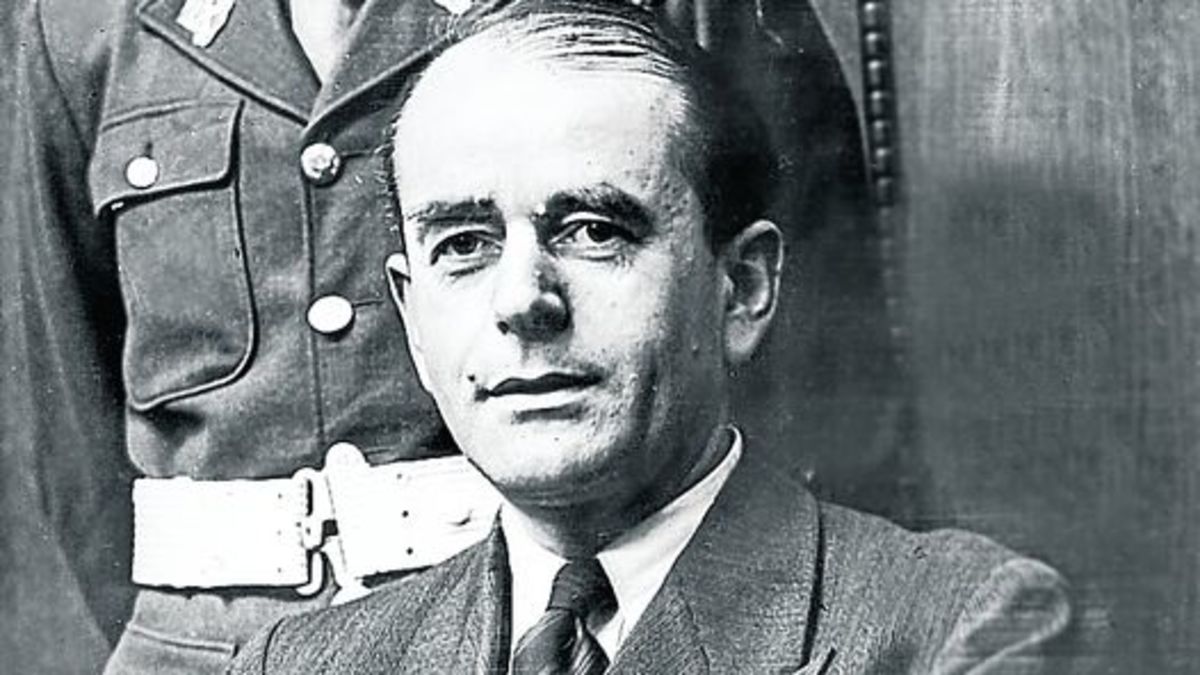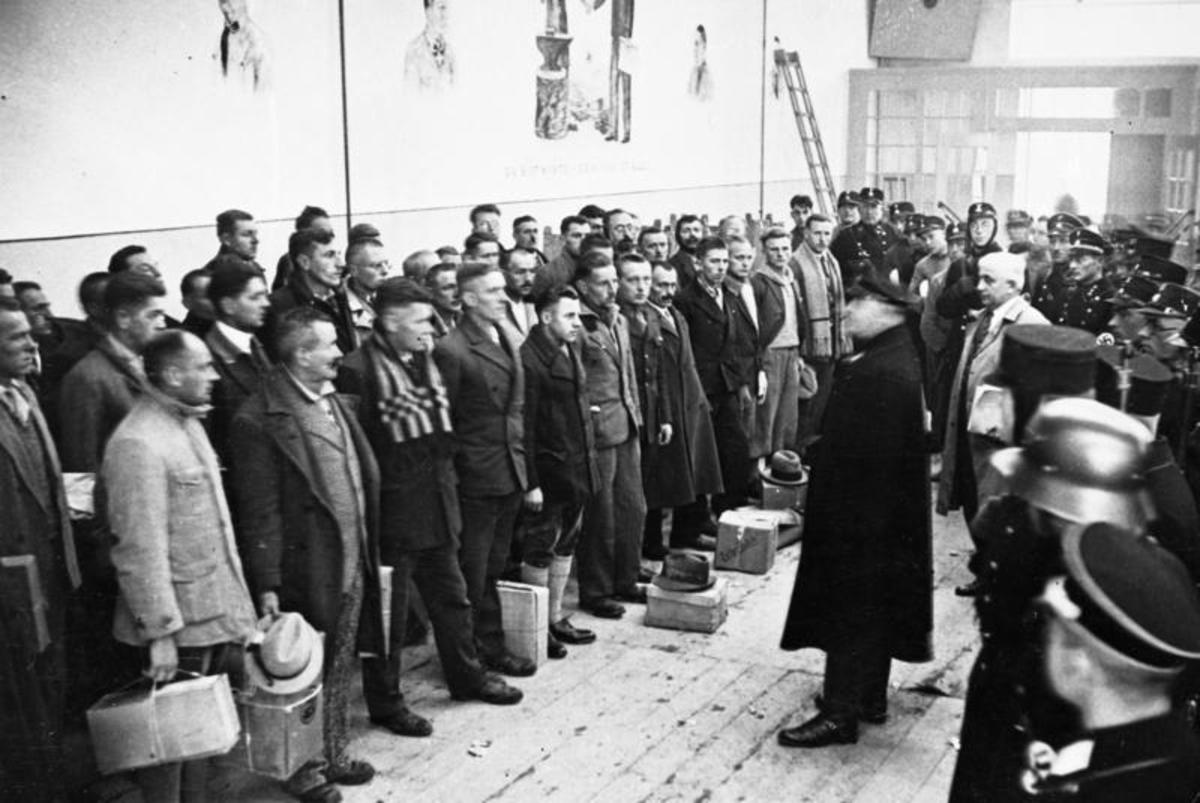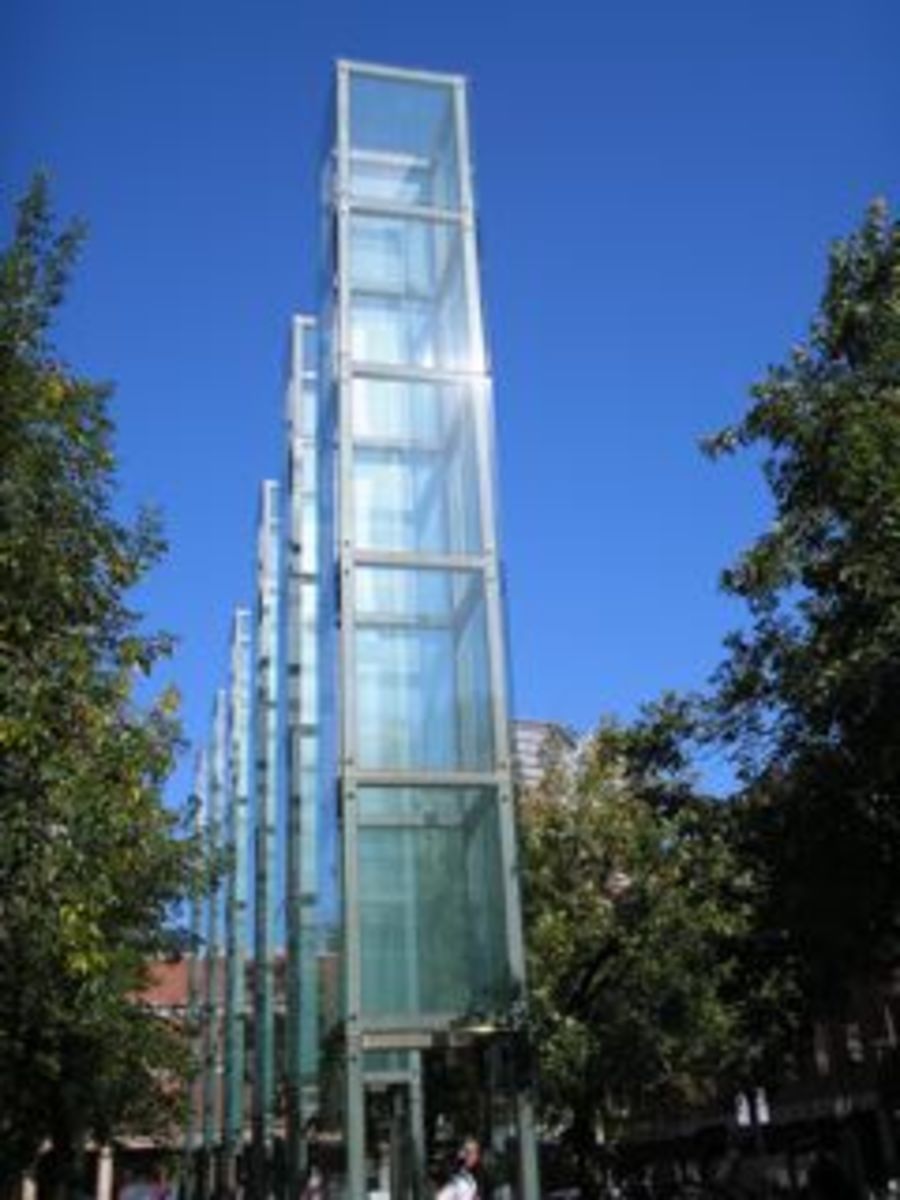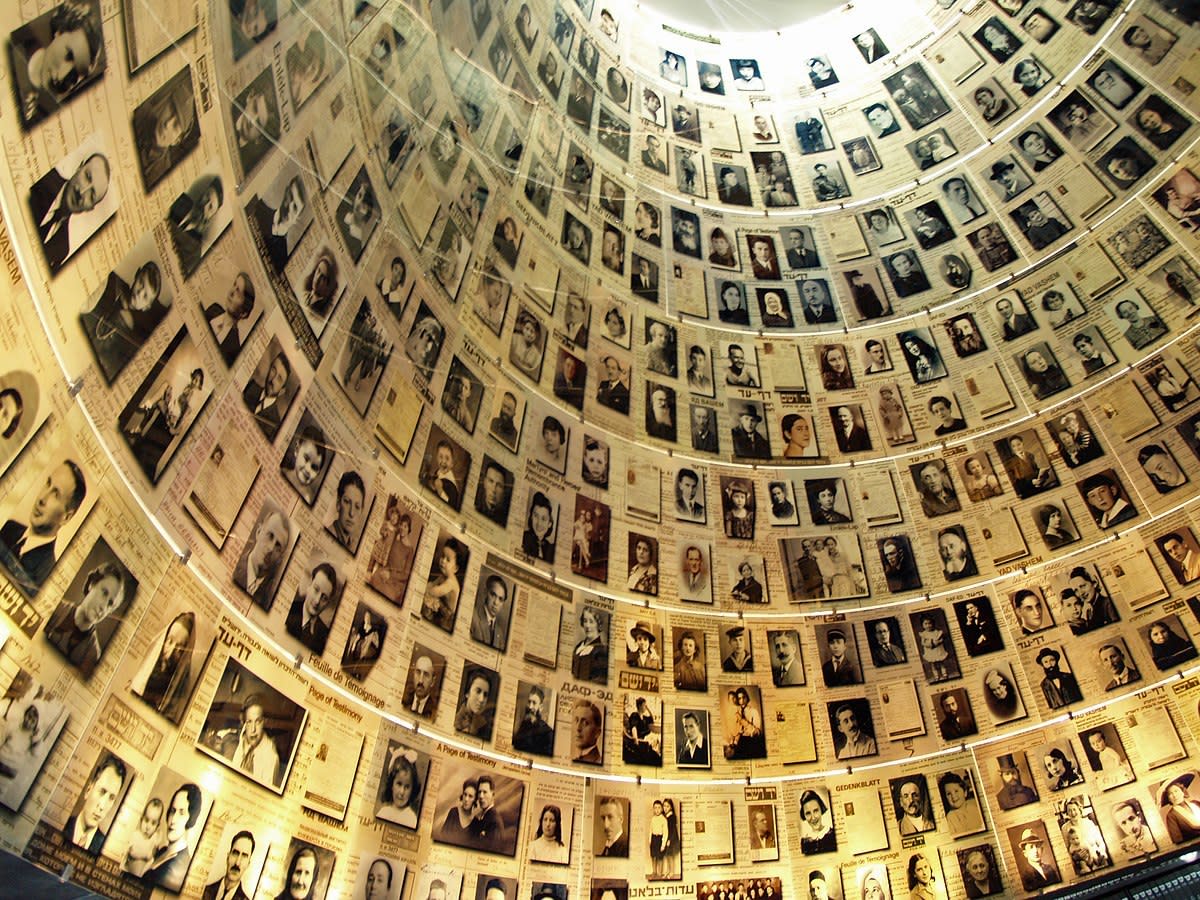- HubPages»
- Education and Science»
- History & Archaeology»
- History of the Modern Era»
- Twentieth Century History»
- World War II
The Structure of Auschwitz Society of Death
A City of Death
When most people think of Auschwitz, they think of emaciated people, gas chambers, and cremation. It was actually an entire "culture' that was cutoff from the rest of the world and devoted to killing, both physical and emotional. It has been described as:
The Auschwitz concentration camp complex was the largest of its kind established by the Nazi regime. It included three main camps. All three camps used prisoners for forced labor. One of them also functioned for an extended period as a killing center. The camps were located approximately 37 miles west of Krakow. They were near the prewar German-Polish border in Upper Silesia, an area that Nazi Germany annexed in 1939 after invading and conquering Poland. (https://www.ushmm.org/wlc/en/article.php?ModuleId=10005189)

Order Within the Horror
Life within Auschwitz was extremely regulated. It was a prison with strict order. Despite being despised by their captors, they were required to be civilized and follow the rules. The Nazis had to have order even within the lowest areas of society.
All who were not ill left for work in military marching style and returned twelve hours later in the same manner. Their work was assigned with no exceptions to the rule. Specific details were constructed based on the prisoners’ abilities. If they could swing a hammer, they were given such jobs. The number of hours for work were based on the number of daylight hours.
There Is Always a Need for Currency
Every society has a form of currency. There is always a need to obtain things from the basic needs to luxuries. It could be that someone had a blanket and another person had a coat. Who was willing to part with one to obtain the other?
For the prisoners’ of Auschwitz, bread became the most prized form of currency. Bread was needed to survive and was not in abundance. Those who had it were wealthy. This did not stop the bartering system that could be found at the Exchange Market which was a busy place where illegal exchanges were executed for extra clothing, food, and pleasurable items such as cigarettes.
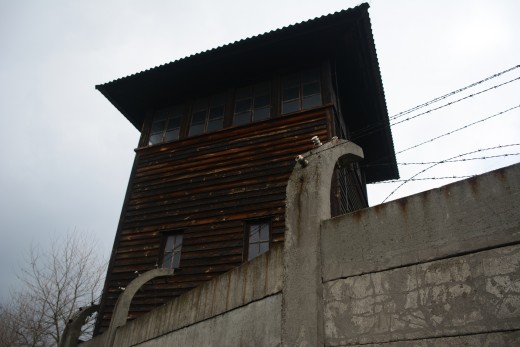
Unique Society Structure
Yet, this society that existed within Auschwitz was not the same kind of society that could be found outside the barbed boundaries. The same standards that could be found around the world in many cultures were alien to this mutated society. Levi stated that he wondered “how much of our ordinary moral world would survive on this side of the barbed wire.”
Normal society considered murder and theft wrong and punishable. Though punishment was also present in Auschwitz by the Nazi guards, the prisoners began to see nothing wrong with many of the wrongful acts that society normally did not tolerate. This society had all new rules that were taken up by all that found Auschwitz to be their home.
Priorities Aren't the Same the World Over
Men in England, America, and the rest of the world outside of Auschwitz concerned themselves with joining the army, feeding their families, and wondering what tomorrow would hold. Their concerns focused on living life to the fullest while meeting basic needs. Some faced death daily. Some faced losing loved one.
The men in Auschwitz found that “the work, cold and hunger are sufficient to fill up every thinking moment.” The focus of the day to day thoughts of each man in this society was far different than that of any other man on earth. They struggled to live to the dawn and minimize the suffering. They strove to survive hell on earth.
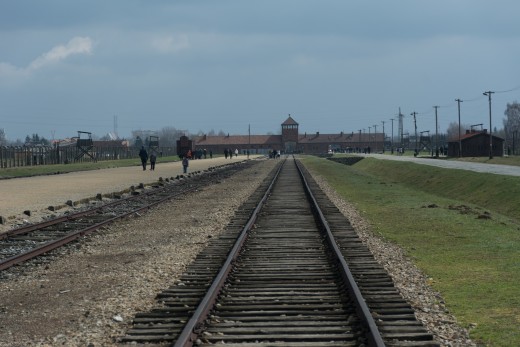
They Were Auschwitz
The structure of this society was so ingrained in each prisoner that when the Nazi guards abandoned the concentration camp upon the advance of the Allies that the prisoners hesitated to grasp the idea that the death of Auschwitz was eminent. As Levi was gathering food for himself and others in his hut, he was faced with an SS agent fleeing the advancement. Instead of fighting the man, shouting for joy, or hiding from him, all he could think of was that “the rules of the Lager stated that one must stand at attention with head uncovered.” Levi was breaking rule. The grip this unique society had on the man was deep.
Days passed by with no guards patrolling the perimeter and freedom now existed all around them. Yet, none of the prisoners ventured beyond the boundaries. The rules and structure of Auschwitz society was strong and reluctant to lessen its bony and deadly grip on all who resided there. With freedom there before them, the prisoners were either too weak to grab it or too indoctrinated to accept it.
Getting Work Out of the Walking Dead
Auschwitz was a camp with the goal of exterminating anyone that Reich wanted out of the way. Eliminating the weak, the Nazis were able to extract labor from those that remained. These prisoners knew that their last destination was death. Yet, they formed a society that helped them survive as long as Providence allowed them to avoid the gas chambers. The prisoners of Auschwitz created a world that in many ways immolated that of other societies while created their own set of morals and standards.
Sources:
Levi, Primo. Survival in Auschwitz. Trans. Stuart Woolf. New York: Macmillan Publishing, 1960.
Supple, Carrie. From Prejudice to Genocide: Learning about the Holocaust. Straffodshire: Trentham Books, 2009.

